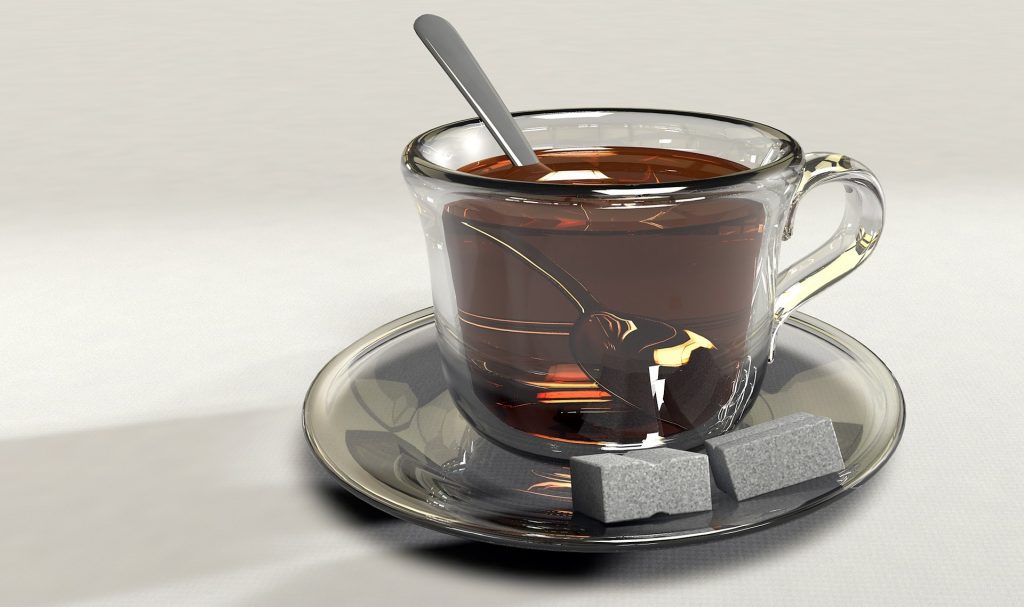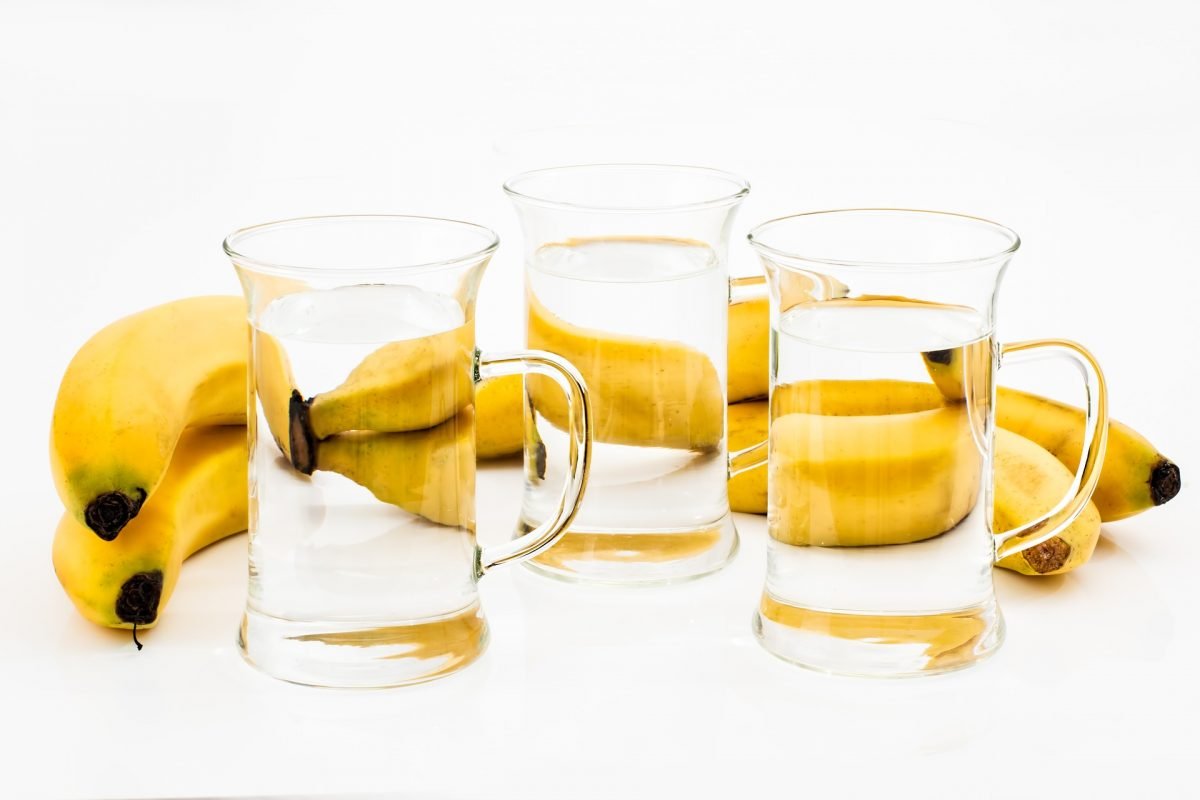Refraction is the phenomenon of bending of light when it travels in an oblique direction between two mediums of varying densities. Medium is the channel through which light passes. It can be air, water, glass, kerosene, etc. The difference in densities of two mediums causes the speed of light to change which causes bending of light.


Is refraction perceivable through naked-eye? Of course it is! When you see through a glass paperweight kept on a printed paper, the print appears to be raised. If you place lemons, etc behind a glass full of water, the shape and size of the lemon appears to be different. These are all day-to-day perceivable effects of refraction.
Terminology Used:
Incident Ray, Refracted Ray, Emergent Ray
The ray of light falling on the interface of two mediums is termed as the Incident Ray. Once it enters the second medium and bends it is termed as Refracted Ray. Once this ray comes out to the previous medium, it is termed as Emergent Ray.


Refraction follows certain laws:
- The angle of incidence and the angle of emergence are equal for a given pair of media.
- The Incident Ray, Refracted Ray and the Emergent Ray lie on the same plane.
- The ratio of sine of angle of incidence (i) to the sine of angle of refraction (r) is constant if the color of light and the pair of mediums it travels in remain the same. This means a ray of light travelling from glass to air and vice versa will have a constant ratio for this pair. sin i /sin r =constant


Absolute Refractive Index:
For a given pair of medium, the speed of light is compared as:
Speed of light in medium 1 (N1) / Speed of light in medium 2 (N2)
If either one of the medium is vacuum or air, then the resulting value is the absolute refractive index or refractive index.
But how is it useful to the common man? This is where the use of lenses comes in. Lens is a piece of glass made by joining two glass surfaces together. They are of two basic kinds:
- Concave Lens
- Convex Lens
“Objects in the mirror are closer than they appear”. This is because the side-view mirror in the vehicles is a convex lens that refracts light to give a wider view.
The aviators which we flaunt on a sunny day, use convex lenses. The Hubble Telescope uncovering the deep secrets of celestial world, is made up of convex, concave lenses.
During summer vacations, you must have tried burning paper by using a magnifying lens. This magnifying lens is a simple convex lens which refracts and converges the sun rays at a point on paper and causes it to heat up and may smoke a little bit after some time.


Flashlights which send a large beam of light even though the aperture is small, employ a concave lens to spread light to a larger surface area and aid in visibility.
Physics is surely making our life easier. Besides, refraction occurs in raindrops. Can you give an example of naturally occurring refraction?






